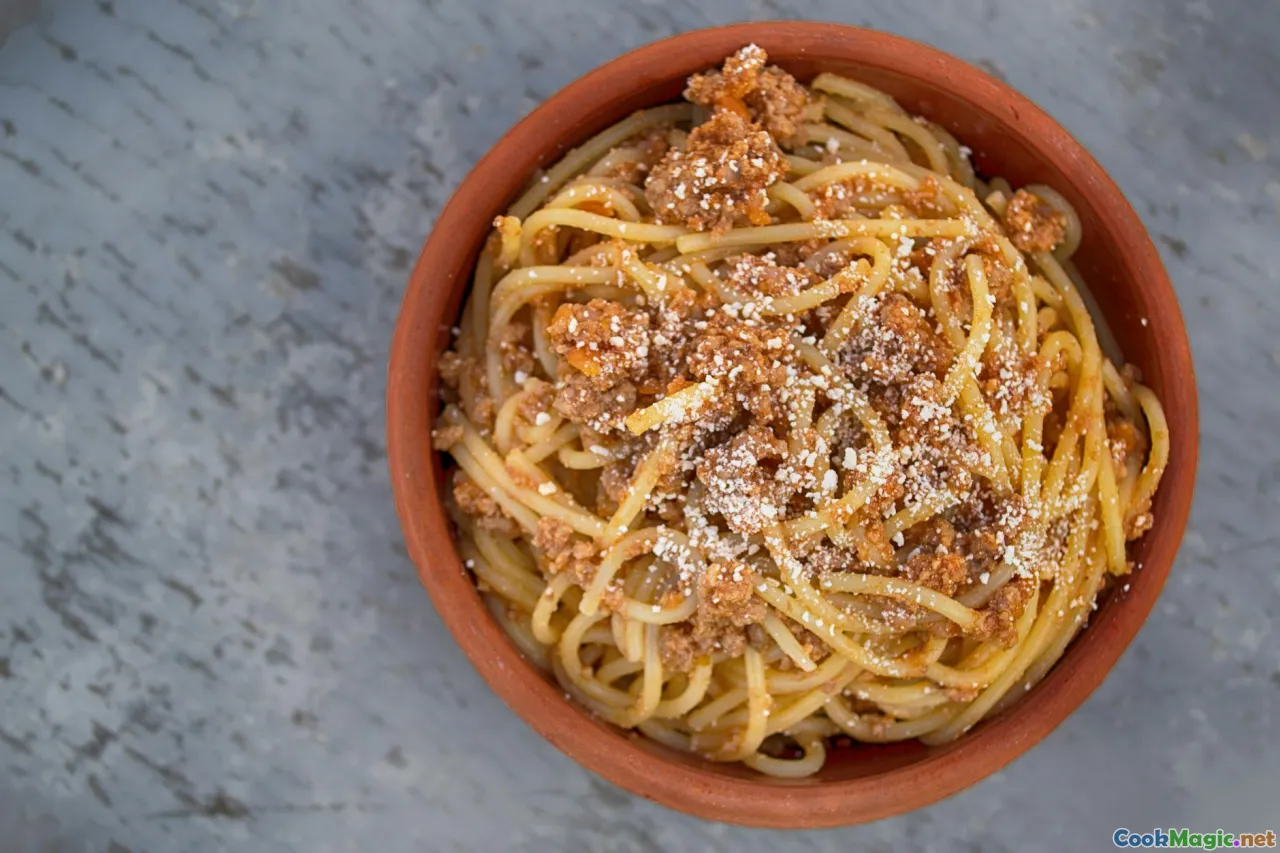Understanding the Science Behind Cooking Pasta
8 min read Discover the fascinating science behind cooking perfect pasta—uncover how water, temperature, and chemistry shape your favorite dishes. April 23, 2025 11:00
Understanding the Science Behind Cooking Pasta
Imagine biting into a perfectly cooked strand of spaghetti—firm yet tender, with a glossy sheen and just the right amount of bite. That elusive ideal, often achieved through intuition or tradition, is deeply rooted in science. Behind every al dente twist and every creamy carbonara is a complex interplay of chemistry, physics, and culinary artistry. Exploring the science behind cooking pasta not only enhances our understanding but also empowers us to master the art of pasta perfection.
The Cultural and Historical Significance of Pasta
Before delving into the scientific intricacies, it’s worth acknowledging pasta’s rich cultural history. Originating from ancient China and later popularized in Italy, pasta has become a global culinary symbol. Its versatility and comforting nature have made it a staple in countless households. Yet, despite its simplicity, achieving that ideal texture hinges on understanding what happens at a molecular level during cooking.
The Basics of Pasta Composition
Pasta primarily consists of durum wheat semolina and water. Durum wheat is rich in gluten-forming proteins—gliadin and glutenin—which give pasta its elasticity and structure. When mixed with water, these proteins form a network that traps starch granules, creating the characteristic chewy texture. During cooking, this network undergoes transformations that are critical for texture and flavor.
The Science of Boiling Water
1. Boiling Point and Temperature
Water boils at 100°C (212°F) at sea level. When pasta is submerged in boiling water, the high temperature ensures rapid heat transfer, cooking the pasta evenly. The boiling point can vary with altitude; higher elevations have lower boiling points, which can affect cooking times.
2. Why Salt Matters
Adding salt to boiling water—typically 1-2 tablespoons per gallon—raises the boiling point slightly (a phenomenon known as boiling point elevation). More importantly, salt enhances flavor and can slightly influence the pasta’s texture. It helps the pasta absorb seasoning from the sauce and enhances the overall taste.
The Role of Starch Gelatinization
A key process in cooking pasta is starch gelatinization. As pasta heats, the heat causes the starch granules within the pasta to absorb water and swell. This process begins around 60°C (140°F) and completes near 85-90°C (185-194°F). Gelatinization transforms the pasta’s surface from a dry, brittle state to a tender, cohesive texture.
Sensory Impact
The gelatinized starch forms a smooth, slightly sticky surface that is essential for the mouthfeel of cooked pasta. Proper gelatinization prevents the pasta from becoming mushy or overly sticky, maintaining that perfect al dente bite.
Achieving the Perfect Texture: Al Dente
1. What Does 'Al Dente' Mean?
'Al dente' translates from Italian as 'to the tooth.' It describes pasta that is cooked enough to be tender but still firm when bitten—neither undercooked nor overdone.
2. The Science Behind Al Dente
Achieving al dente involves precise timing. It’s a balance between complete gelatinization of starches and avoiding overcooking, which breaks down the protein network and results in mushiness. The ideal al dente texture occurs when the pasta has absorbed enough water for tenderness but still retains a slight resistance.
3. Practical Tips
- Start timing early: Begin checking for doneness a minute or two before the package indicates.
- Taste test: Bite into a piece—if it has a slight firmness and a clean bite, it’s ready.
- Use the ‘taste and feel’ method: The pasta should offer a slight resistance but not be hard.
- Reserve pasta water: The starchy water can be used to adjust sauce consistency and enhance flavor.
Factors Influencing Cooking Time and Texture
1. Pasta Shape and Thickness
Thinner or smaller pasta shapes cook faster, while thicker or denser shapes require more time for even heating.
2. Water-to-Pasta Ratio
A generous amount of boiling water ensures even cooking and prevents sticking. Crowding the pot leads to uneven heat distribution.
3. Stirring and Timing
Stirring periodically prevents sticking and promotes uniform cooking. Regular tasting is crucial for timing.
The Chemistry of Overcooking and Undercooking
Overcooked pasta loses its structure as the protein network breaks down, resulting in a slimy, mushy texture. Conversely, undercooked pasta remains tough, with a raw floury taste that indicates incomplete gelatinization.
How to Avoid These Pitfalls
- Monitor closely: Use a timer and taste frequently.
- Cook in ample boiling water: Avoid adding oil, which can coat the pasta and hinder sauce adhesion.
- Remove from heat promptly: Drain when just shy of the desired doneness; residual heat continues to cook.
The Final Step: Perfecting Your Pasta
Once cooked, immediately drain and toss with your favorite sauce or a drizzle of olive oil to halt the cooking process and preserve the ideal texture. Remember, the science of pasta involves precise timing, temperature control, and understanding the transformations at a molecular level.
Personal Reflections and Tips
Having cooked pasta across different cultures—from Italy’s rustic trattorias to Japan’s innovative fusion kitchens—I've learned that mastering the science elevates your culinary confidence. The key is patience and observation. Over time, I’ve come to appreciate that each batch of pasta is a science experiment—adjusting salt, timing, and heat until I reach that perfect bite.
Conclusion: Embracing the Science for Culinary Excellence
Understanding the science behind cooking pasta transforms a simple act into a mindful craft. It reveals why certain techniques work and how small adjustments can lead to spectacular results. Whether you're a home cook or a professional chef, appreciating these molecular processes empowers you to create pasta dishes that are consistently delicious, beautifully textured, and deeply satisfying. So next time you cook pasta, remember—you’re not just boiling water; you’re orchestrating a symphony of science, texture, and flavor.
Happy cooking!









